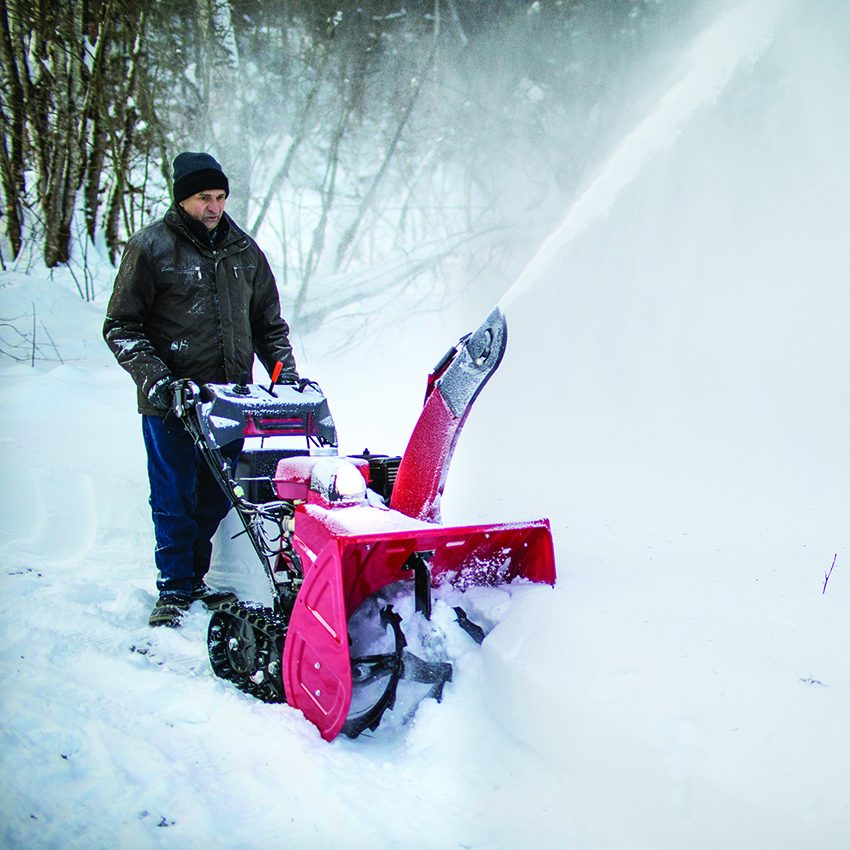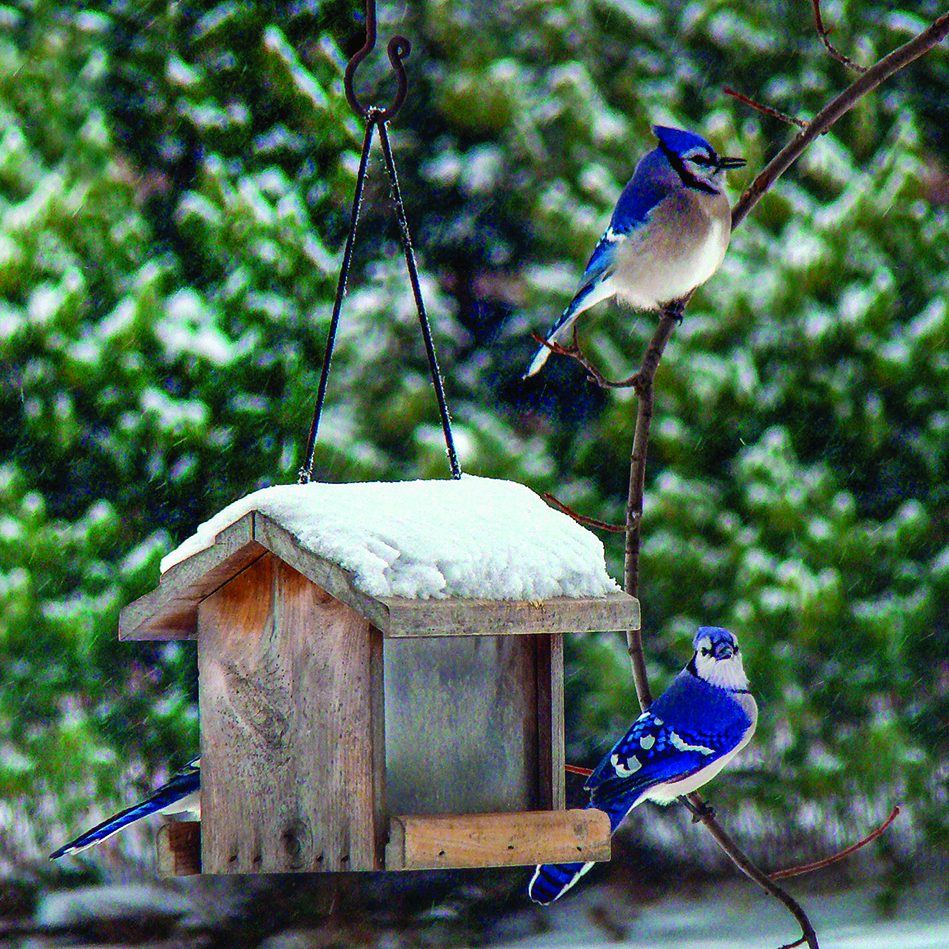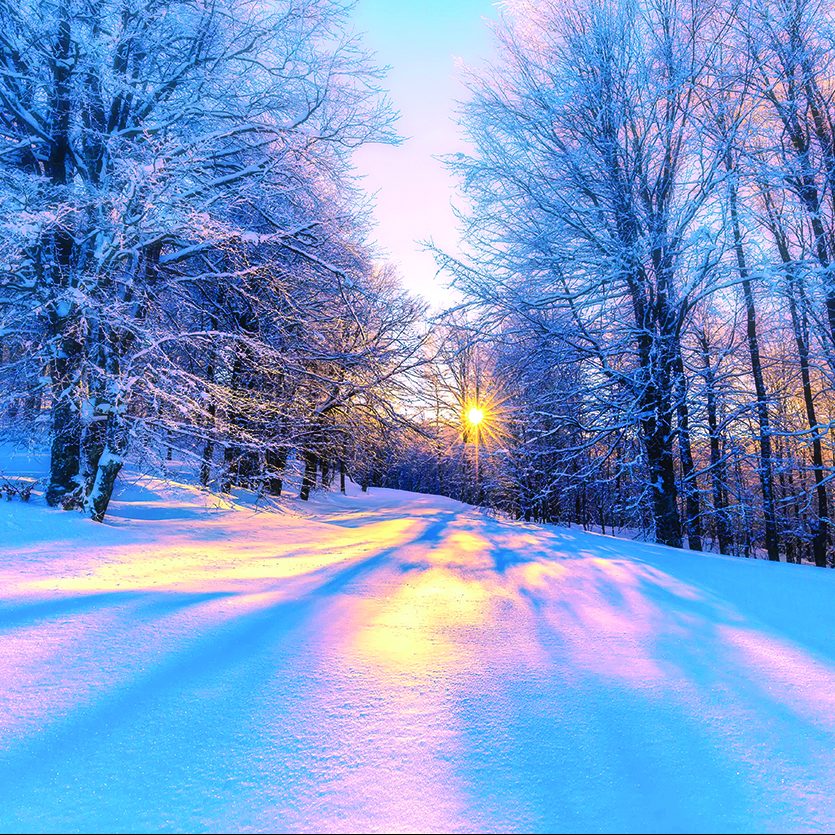Influenza is more common than people may realize. Data from the World Health Organization indicates there are around one billion cases of seasonal influenza each year. Though only a small fraction of those cases result in severe illness, even a mild case of the flu can be unpleasant and disruptive.
The phrase “flu prevention” may be somewhat misleading, as the best people can do is reduce their risk for seasonal influenza. According to the Centers for Disease Control and Prevention, the best way to do that is to get vaccinated against the flu each year. Each year’s flu shot is different, as researchers design the vaccination based on which strand of influenza they anticipate will be most prevalent in a given year. In addition to getting vaccinated, individuals can consider these tips, courtesy of the CDC, to protect themselves and others from the flu and stop the spread of germs.
- Steer clear of close contact. Individuals who are sick can steer clear of close contact with other people in order to safeguard them from the flu. On the flip side, people who live or work with individuals who have the flu can avoid close contact as well.
- Don’t be a hero. The CDC urges anyone who is sick with the flu to stay home until their illness subsides. Avoid going to school, work and running errands so you can help to prevent the virus from spreading.
- Cover up. The CDC notes that the flu virus spreads primarily through droplets produced when people with influenza cough, sneeze or talk. When around others, cover your mouth and nose, particularly when sneezing or coughing. When you have to sneeze or cough, do so into the cradle of your elbow. Coughing into your hands could help to spread the virus, as germs can transfer from your hand onto surfaces others may touch, like doorknobs and handles.
- Routinely wash your hands. Make it a habit to wash your hands regularly. When returning home, wash your hands before you do anything else. This is especially important when returning home from places where lots of people tend to congregate, such as grocery stores and restaurants. Lathering hands with soap and water for at least 20 seconds can help get rid of germs. If soap and water is not available, the CDC recommends using an alcohol-based hand rub.
- Avoid touching your eyes, nose or mouth. The CDC notes that germs spread when people touch contaminated surfaces or objects and then touch their eyes, nose or mouth. It’s easy to touch your eyes, nose or mouth without even thinking about it, but make a concerted effort to avoid touching these areas to safeguard yourself and others from the flu.
Seasonal influenza can be a disruptive and potentially deadly force. Various practices can help people protect themselves and others from contracting the flu.















